Car USB ports are designed for low-power tasks that don’t require a constant flow of power. They also draw less current than devices that require more than 2A, making them very slow to charge. Like fast charging, charging too slowly will also quickly damage the battery.
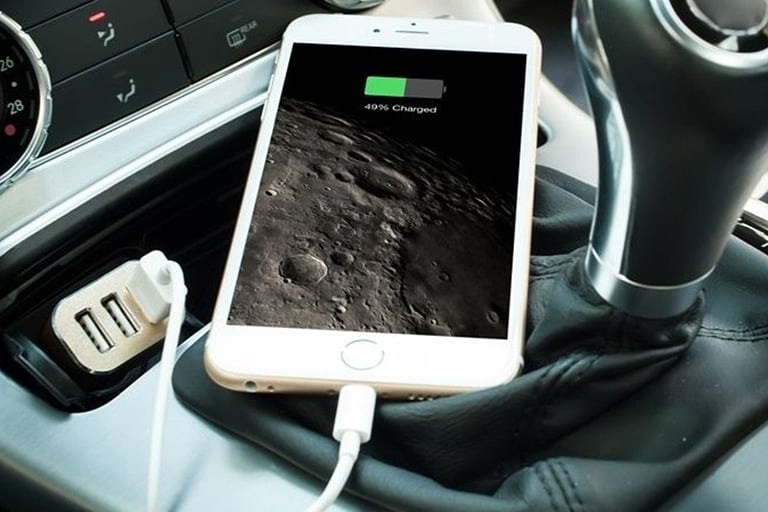
Charging smartphone battery in car is not recommended
Almost all smartphones on the market use lithium-ion batteries instead of the old nickel-metal hydride or nickel-cadmium batteries, which had very limited charging cycles and very short usage times. Lithium-ion batteries have the disadvantage of being sensitive to temperature, so if the temperature inside the car is too hot or too cold, it will affect the life of the lithium-ion battery.
In addition, if they are overloaded (plugged in for a long time), the temperature of the battery increases and can make them susceptible to fire because the organic solvents in their cells are very flammable. This can easily happen if users use unsuitable cables, especially non-genuine charging cables.
Many users use non-genuine charging cables to charge their phones via USB ports. These cables, in addition to slow charging, also cause problems with the device's circuitry and do not automatically disconnect the charger when the battery is 100% charged, which can eventually degrade the battery and reduce its operating life.
In the case of wireless charging in some modern cars, most of them use inductive charging protocols, which makes the phone work harder. Plus, it generates more heat and draws more power from the car to charge the battery. According to OneZero's calculations, wireless charging consumes 47% more energy to charge a phone from 0 to 100% than charging with a cable.
Source link


![[Photo] "Beauties" participate in the parade rehearsal at Bien Hoa airport](https://vstatic.vietnam.vn/vietnam/resource/IMAGE/2025/4/11/155502af3384431e918de0e2e585d13a)


![[Photo] Looking back at the impressive moments of the Vietnamese rescue team in Myanmar](https://vstatic.vietnam.vn/vietnam/resource/IMAGE/2025/4/11/5623ca902a934e19b604c718265249d0)


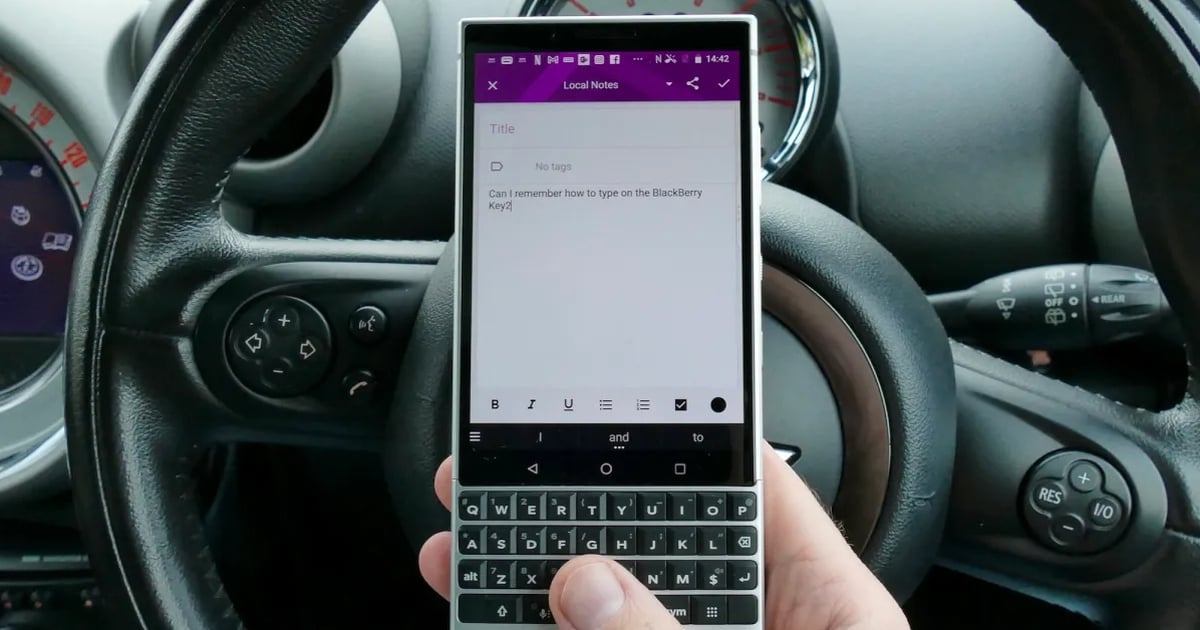
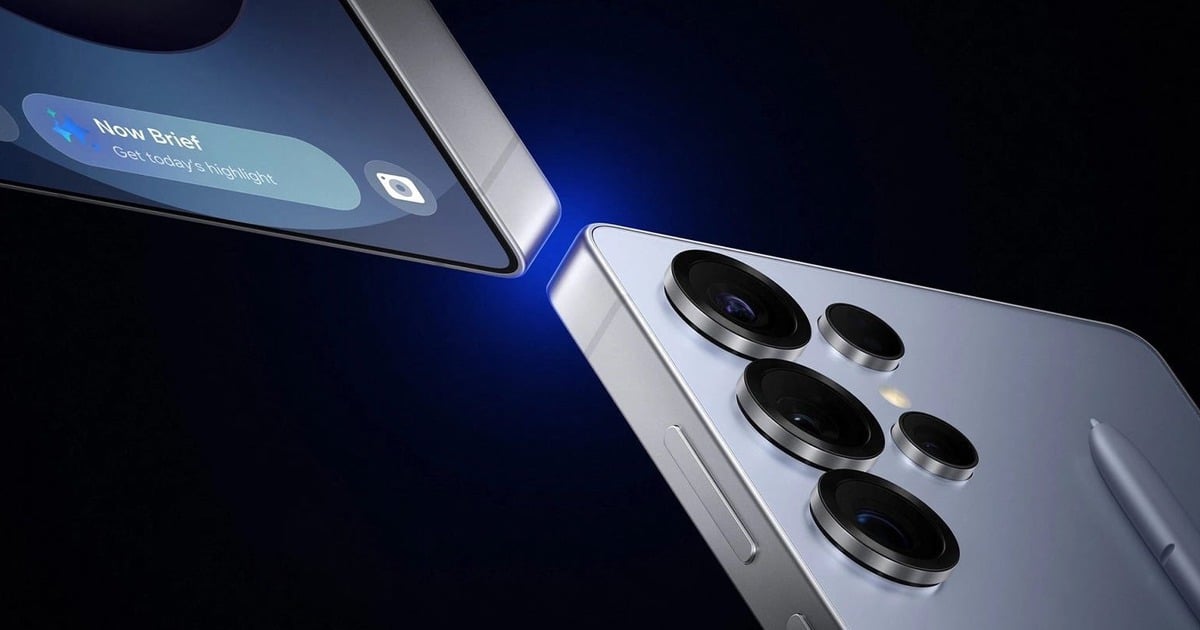
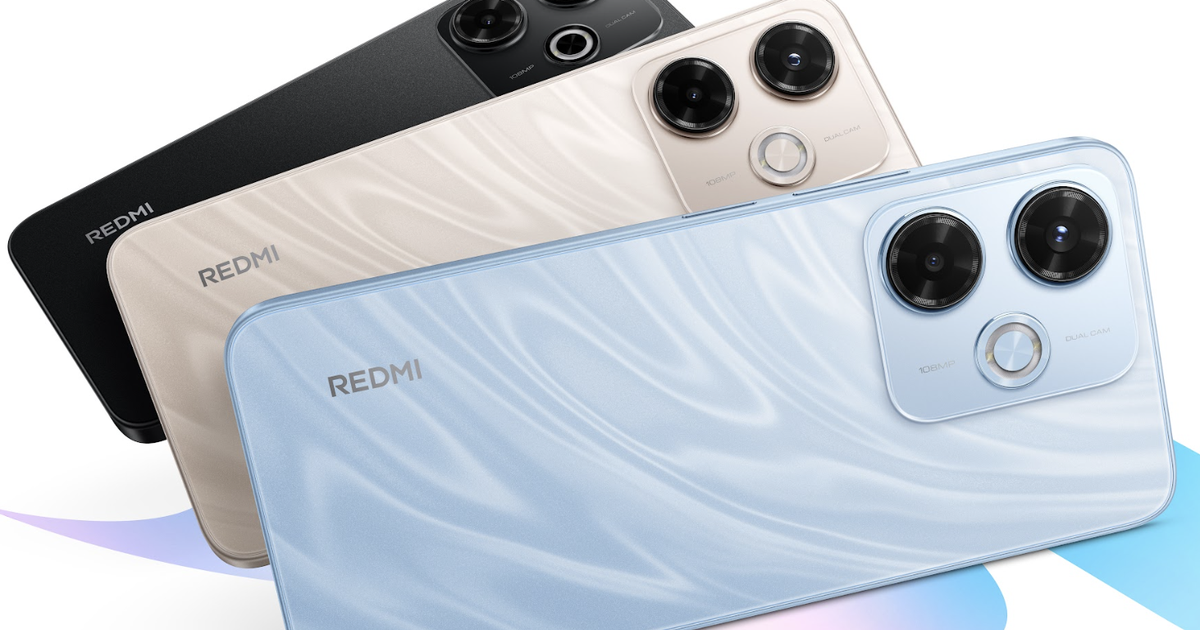
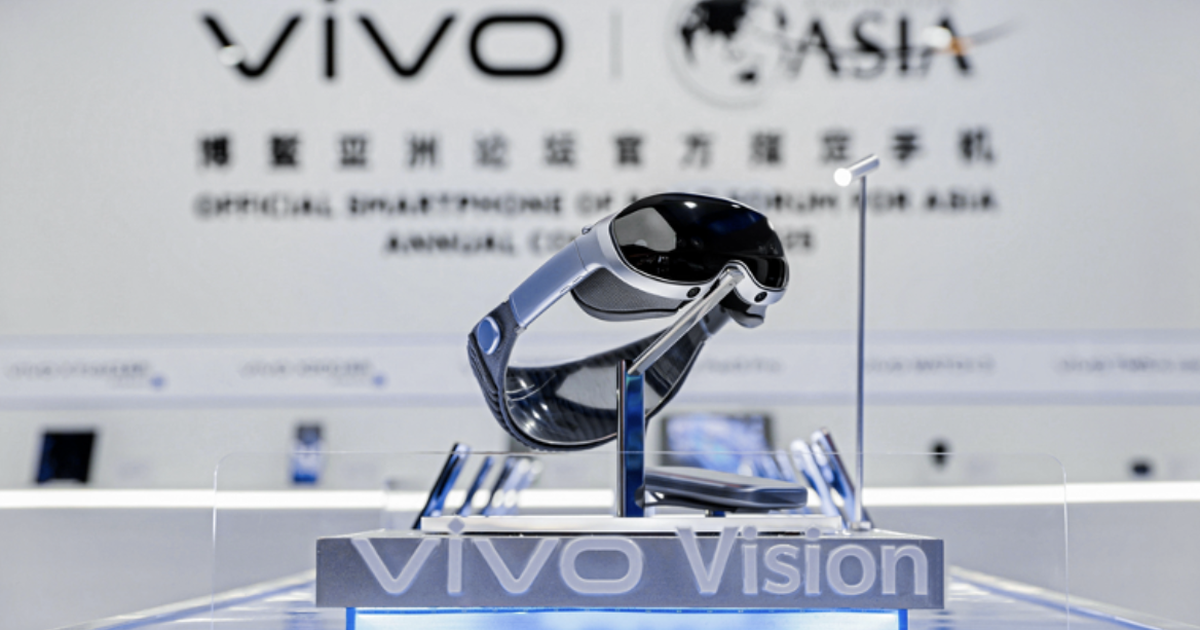
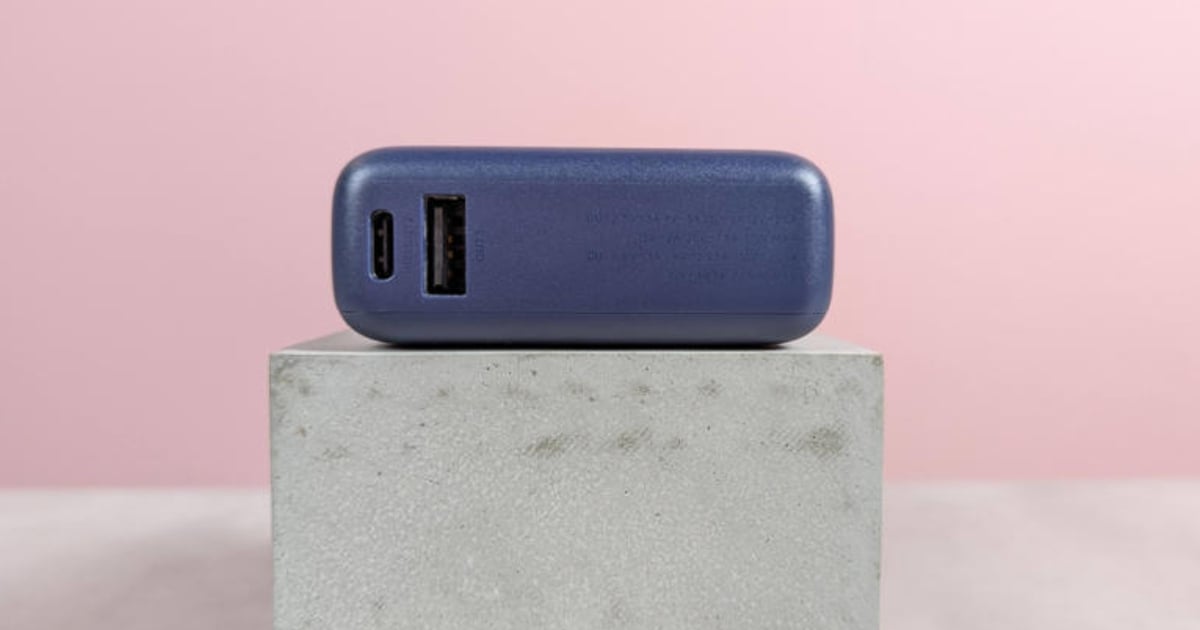
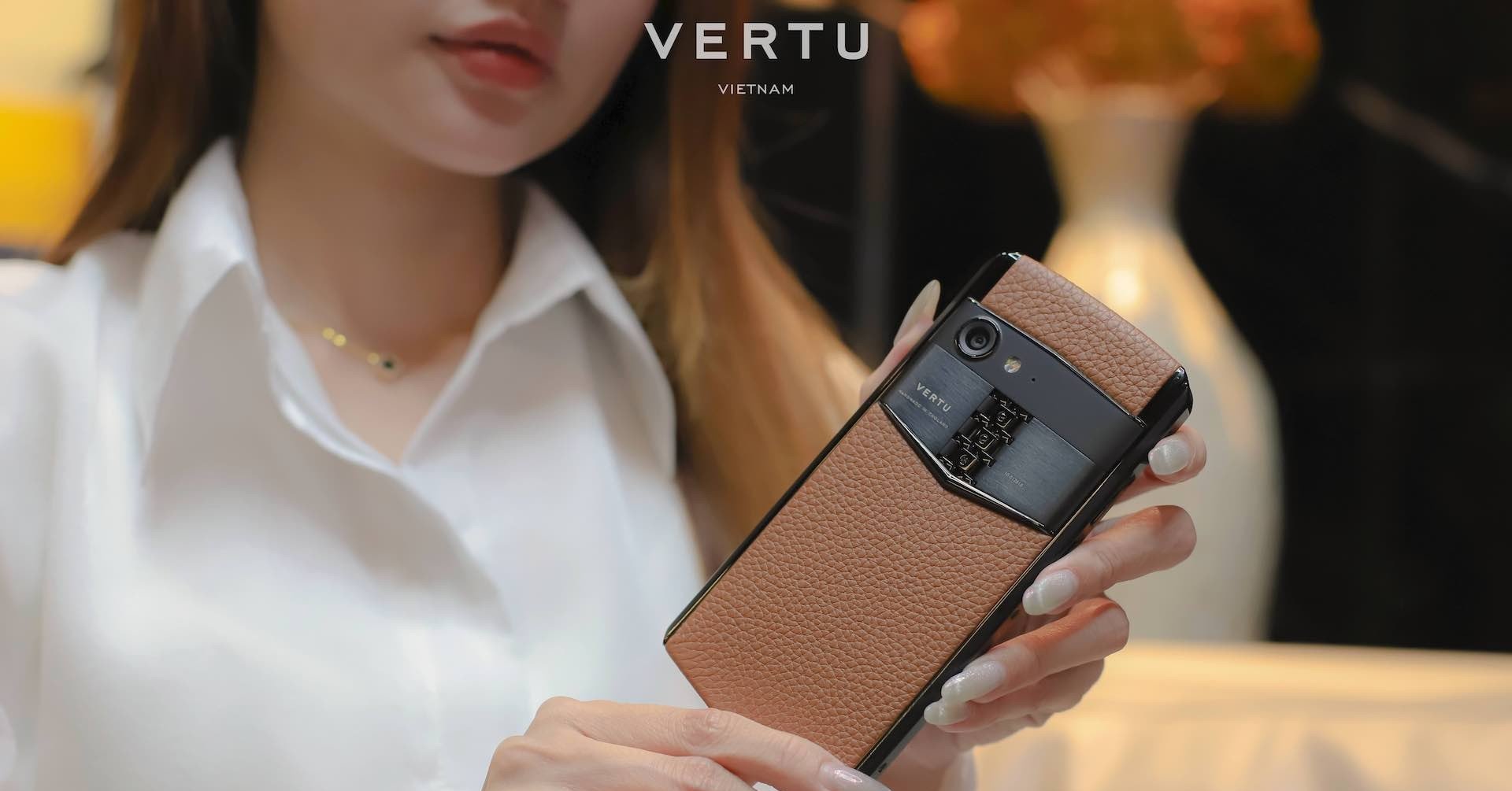


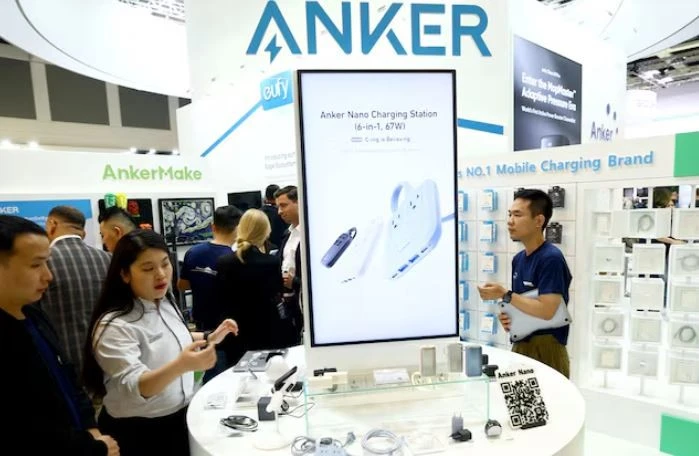
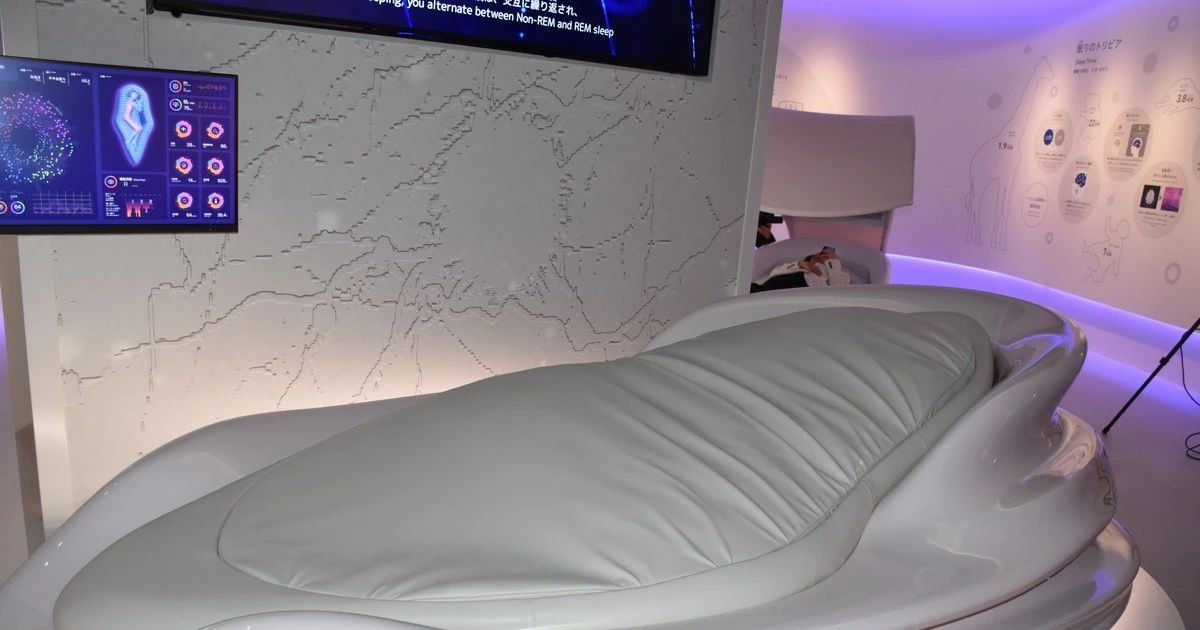

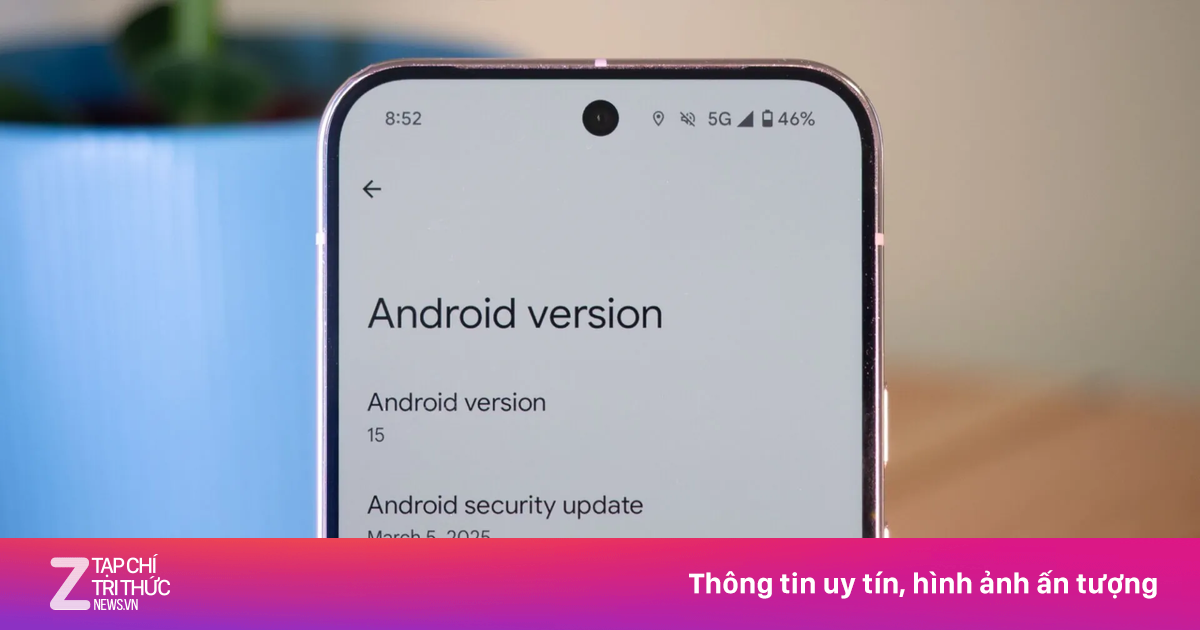
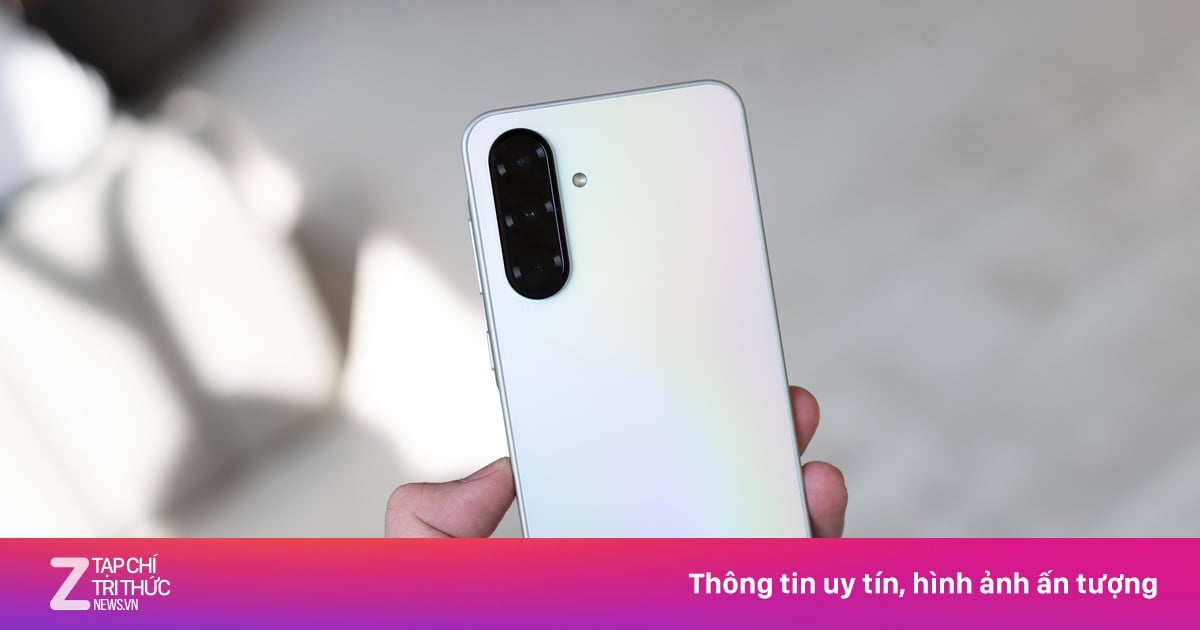









![[Photo] Summary of parade practice in preparation for the April 30th celebration](https://vstatic.vietnam.vn/vietnam/resource/IMAGE/2025/4/11/78cfee0f2cc045b387ff1a4362b5950f)




























































Comment (0)